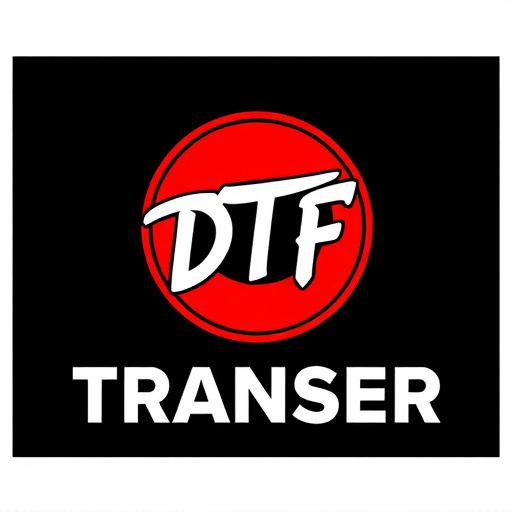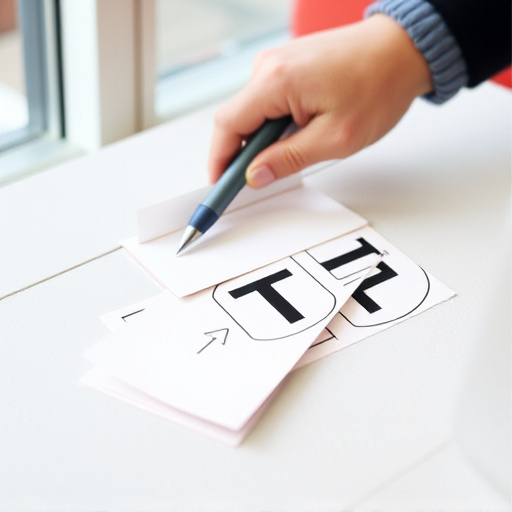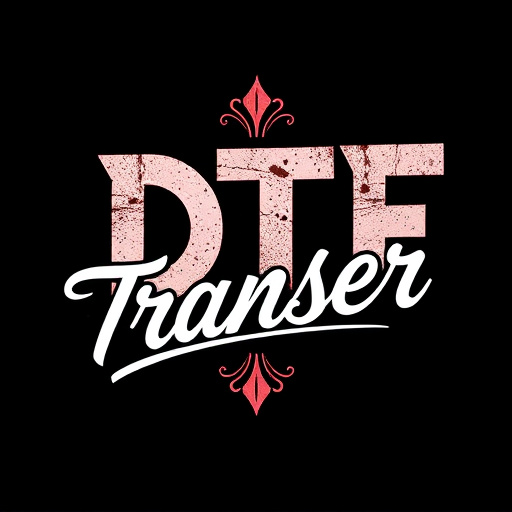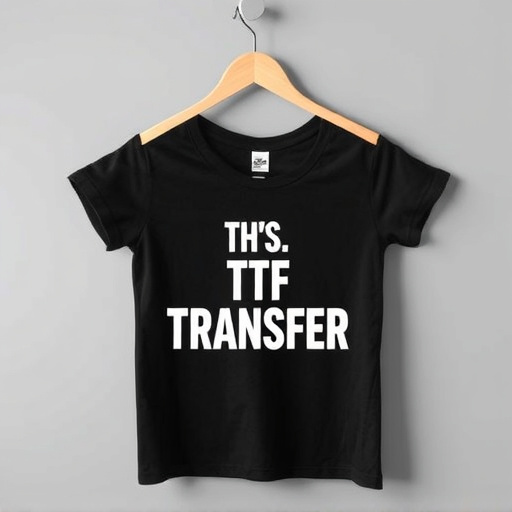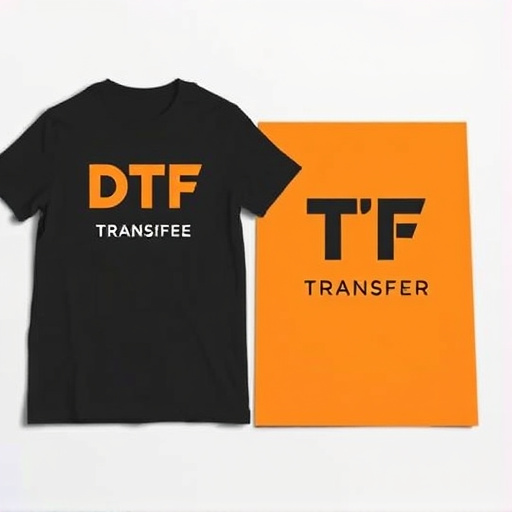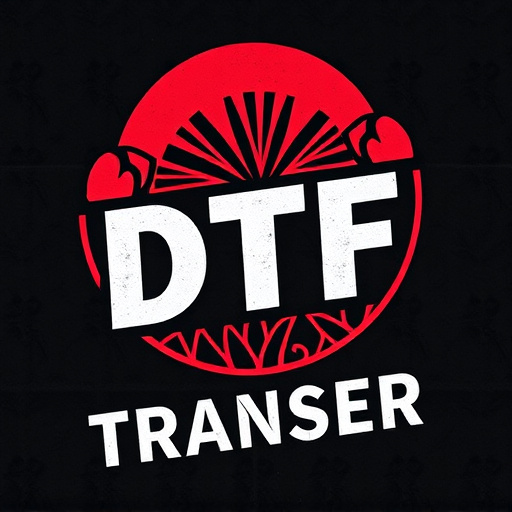Direct-to-film (DTF) and direct-to-fabric (DTF) transfers are cutting-edge printing solutions offering enhanced durability, versatility, and vibrant color reproduction. DTF technology enables complex designs on diverse surfaces, from promotional items to fabric, resisting fading, cracking, and environmental damage. This method revolutionizes commercial printing, providing efficient, high-quality outputs with a wide range of applications, including apparel, signage, and automotive interiors. The future of DTF looks promising, with advancements in materials science expanding its reach into manufacturing, aerospace, and personalized product development.
“Unleash the power of long-lasting, vibrant prints with DTF Transfers—a revolutionary technology transforming commercial applications. This article delves into the world of DTF Printing, exploring its advantages for branding and diverse industries. From understanding the technology’s basics to its durability, we provide an in-depth guide. Discover how DTF Transfers create lasting impressions, ensuring your messages endure. We also peek into future trends, highlighting innovations that continue to shape this exciting domain.”
- Understanding DTF Transfers: An Overview of the Technology
- Advantages of DTF for Commercial Printing and Branding
- Applications: Where DTF Prints Excel in Various Industries
- Durability and Quality: Ensuring Long-Lasting Results with DTF Transfer
- The Process: From Design to Application, a Step-by-Step Guide
- Future of DTF: Trends and Innovations Shaping Commercial Applications
Understanding DTF Transfers: An Overview of the Technology

Direct-to-film (DTF) transfers have emerged as a game-changer in the realm of commercial printing, offering extended durability and versatility for various applications. This innovative technology involves transferring ink directly onto a film substrate, which is then cured to create a robust print. DTF prints are designed to withstand rigorous handling, making them ideal for items that see frequent use or exposure to harsh conditions. From promotional products to signage, the DTF transfer process ensures vibrant and long-lasting colors, even on challenging surfaces.
DTF printing offers several advantages over traditional methods. It allows for complex designs with fine details, ensuring intricate patterns are reproduced accurately. The prints are also resistant to fading and cracking, providing a lasting impression. Moreover, DTF transfers can be applied to a wide range of materials, including plastics, metals, and fabrics, expanding their applicability across industries. This technology has revolutionized the way businesses approach custom printing, offering both efficiency and durability in one compact solution.
Advantages of DTF for Commercial Printing and Branding
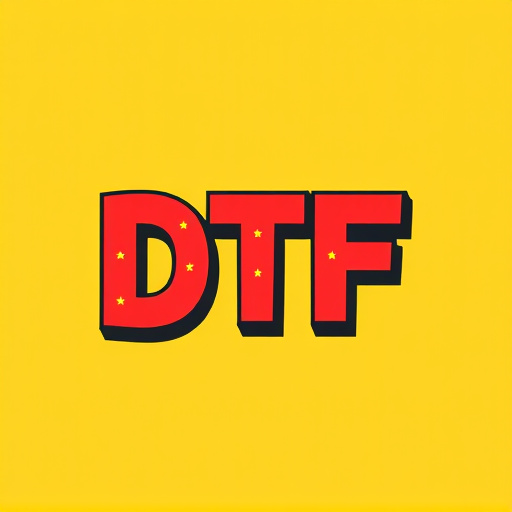
Direct-to-fabric (DTF) transfers offer a range of advantages for commercial printing and branding. One of the key benefits is their extended durability, ensuring that prints remain vibrant and legible even after frequent handling and exposure to various environmental conditions. This makes DTF an ideal solution for creating long-lasting promotional materials, uniforms, and signage.
Additionally, DTF printing allows for high-quality, detailed designs with precise color reproduction. The process is efficient, enabling quick turnaround times without compromising on output quality. Moreover, DTF transfers are versatile, suitable for a wide range of fabric types and shapes, catering to diverse commercial needs. This versatility extends to the ability to incorporate intricate patterns and complex branding elements, making it a preferred method for creating unique and impactful promotional items.
Applications: Where DTF Prints Excel in Various Industries
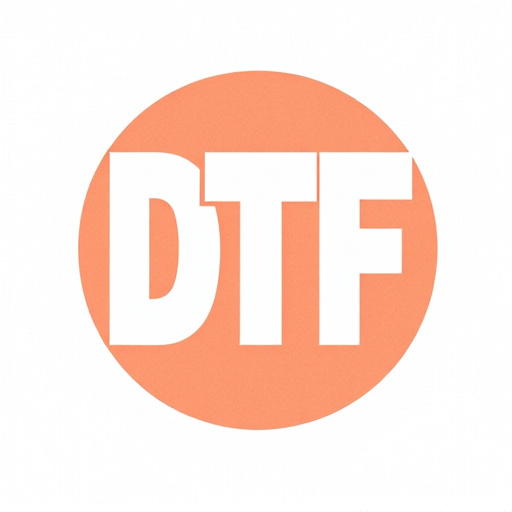
In today’s competitive commercial landscape, where innovation and efficiency are paramount, DTF (Direct to Fabric) transfers have emerged as a game-changer across multiple industries. DTF Printing offers unparalleled durability, ensuring that designs remain vibrant and intact even under rigorous use. This technology is particularly prized for its ability to withstand washing, fading, and wear and tear, making it ideal for applications where longevity of the print is crucial.
From apparel manufacturing to signage and even automotive interior design, DTF Transfers excel by providing high-quality, long-lasting prints on a variety of fabric types. Its versatility allows for customized designs and detailed graphics, catering to diverse industry needs. DTF Prints offer businesses a cost-effective solution without compromising on aesthetics or functionality, solidifying its place as an indispensable tool in the modern commercial realm.
Durability and Quality: Ensuring Long-Lasting Results with DTF Transfer
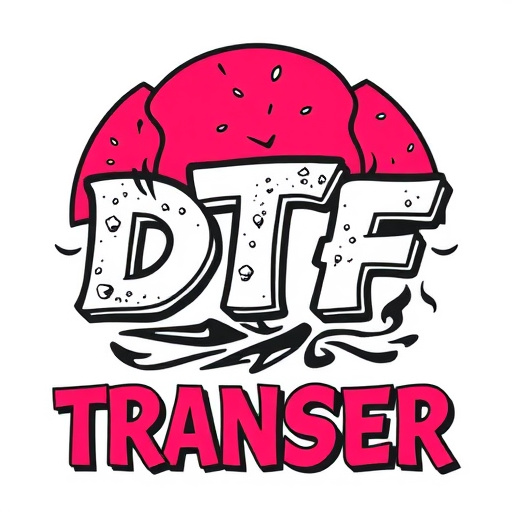
In the realm of commercial applications, the longevity and durability of transfers are paramount. DTF (Direct-to-Film) Transfer stands out as a game-changer in this aspect, offering extended durability that far surpasses traditional methods. The advanced DTF Printing process ensures that each print is not just visually appealing but also built to last, withstands wear and tear, and retains its vibrancy over time.
DTF Transfers are designed to resist fading, chipping, and peeling, making them ideal for high-traffic environments. This durability translates into cost-effectiveness in the long run, as frequent replacements become less necessary. The quality of DTF prints is unmatched, providing vibrant colors and crisp details that remain consistent even under intense scrutiny or when viewed from various angles. Such superior craftsmanship ensures that commercial spaces, products, and brands are represented at their best, leaving a lasting impression on folks.
The Process: From Design to Application, a Step-by-Step Guide

The process of creating and implementing DTF Transfers (DTF) for commercial applications involves several key steps that transform an initial design into a long-lasting, durable print. It begins with the creation of a digital design using specialized software, ensuring optimal image quality and color accuracy for the desired final product. This design is then prepared for printing by setting up the DTF Printing process parameters, including mesh tension, emulsion type, and curing conditions.
Next, the design is transferred onto a flexible substrate through a precision printing machine. This step demands meticulous attention to detail, as it determines the print’s clarity and longevity. After printing, the DTF prints are cured using UV light or heat, hardening the emulsion and securing the design to the substrate. Finally, the excess emulsion is removed, resulting in a clean, long-lasting DTF transfer that can withstand various commercial environments, from outdoor signage to product branding.
Future of DTF: Trends and Innovations Shaping Commercial Applications

The future of Direct to Forme (DTF) technology is brimming with potential, as innovations continue to shape and expand its applications in commercial settings. With advancements in materials science, DTF transfers are becoming increasingly durable, offering extended lifespan for printed objects. This longevity is a significant trend, especially in industries demanding robust and long-lasting solutions, such as manufacturing, automotive, and even aerospace. The ability to create intricate designs with precise details and an array of colors opens up new possibilities for product customization and branding.
DTF Printing is revolutionizing the way businesses approach product development and personalization. As technology evolves, we can expect more efficient production processes, reduced waste, and enhanced design flexibility. This includes the integration of smart materials and sensors into DTF prints, enabling interactive and adaptive products. The diverse range of substrates suitable for DTF transfers also expands the scope for creative applications, from flexible packaging to durable signage and even 3D-printed prototypes, ensuring that this technology remains at the forefront of commercial innovation.

